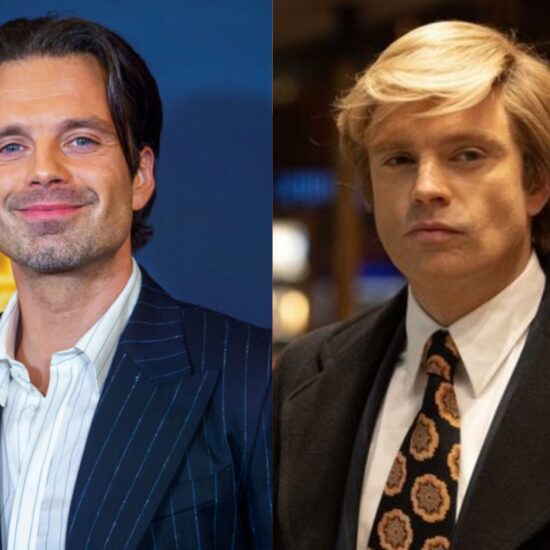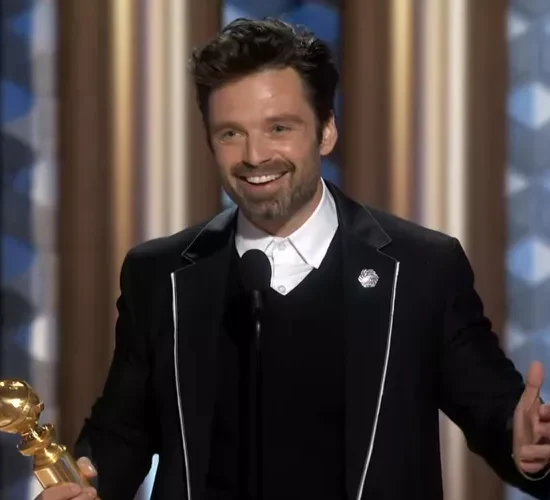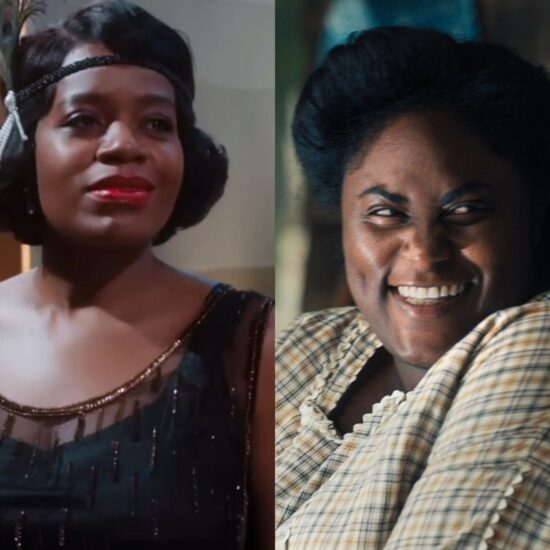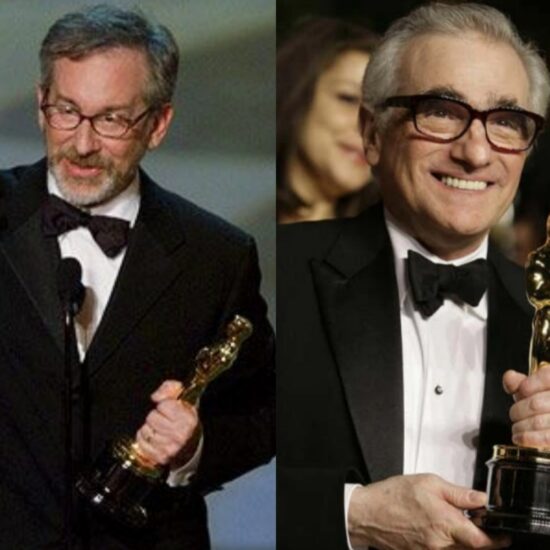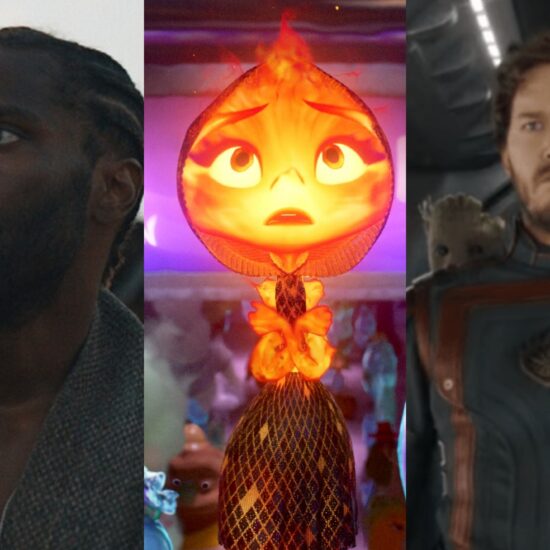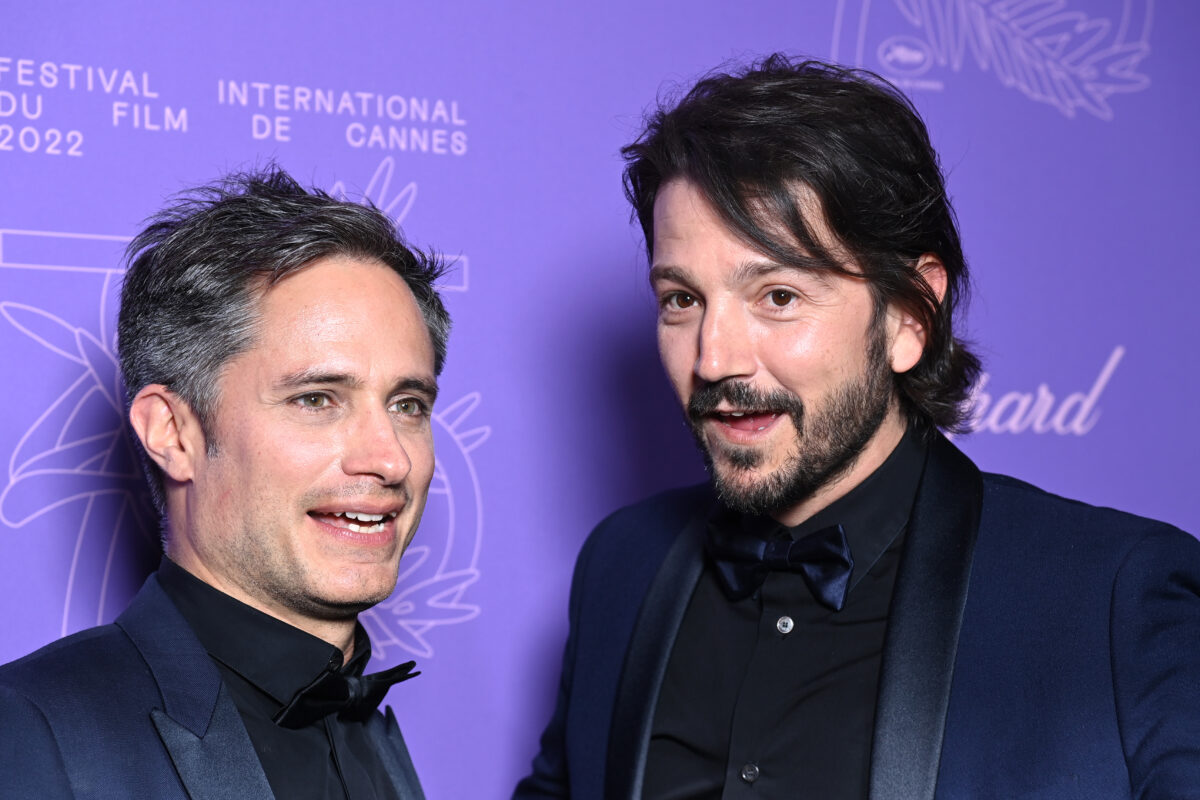
When childhood friends Gael García Bernal and Diego Luna starred in the steamy Mexican drama “Y tu mamá también” in 2002, they spent a year traveling the globe, attracting Hollywood attention and dreaming of the future. “We were always fantasizing about what’s next,” said Luna, now 43, in a Zoom interview from his home in Madrid. “We hoped one day we could own a soccer team. That hasn’t happened. But everything else, we managed to achieve.”
Those plans included starting their own production company (they co-founded Canana Films in 2004, then La Corrientes del Golfo in 2018) and a film festival (the itinerant documentary festival Ambulante). They didn’t, however, have anything to do with “Star Wars” or superhero movies.
Yet with Luna starring in the Disney+ “Star Wars” spin-off “Andor” in the same year that García Bernal makes his MCU debut in the Disney+ medium-length feature “Werewolf by Night,” they have arrived at a turning point on their winding journey through popular culture with blockbuster undertakings of a most unusual sort. Both projects are the kind of complex swings with large-scale properties only viable in the streaming era — and enable two of the most famous Latino actors working today to sneak into Disney’s biggest endeavors.
“I grew up in theater in a very loud community where everything done for TV was a disaster and selling out,” Luna said. “You had to lose your integrity to do big commercial projects. I grew up thinking that what I liked as an audience — the tone of acting, the kind of stories, the darkness, the political aspects — all that was opposed to popularity.”
He shrugged. With “Andor,” a show that delves into the radicalization of a future Rebel Alliance leader, he’s at the center of the first serious attempt to make “Star Wars” for grownups. “I’m not bullshitting here,” he said. “I do thank this show because at this moment in my life, it has proven me wrong.”
García Bernal struck a similar note when discussing the transition into blockbuster territory while speaking with IndieWire at the Sundance Film Festival earlier this year. In “Werewolf by Night,” he plays the titular man-beast Jack Russell in an ambitious black-and-white homage to classic monster movies that would have been unthinkable in a blockbuster context a few years ago. “Our experience has been, ‘I’ll show you mine if you show me yours,’” he said. “We don’t have to be exiles. We can live in Mexico and do these projects and we can still go back to Mexico.”

In the aftermath of their work on “Andor” and “Werewolf by Night,” the busy pair managed to reunite in their home country last fall to shoot the Spanish-language Hulu series “La Máquina,” in which García Bernal star an aging boxer and Luna plays his manager. In reality, they have coached each other’s career choices for years. “I have a good friend who shares the sort of journey, an experience of what comes with this great chance to be able to do what you want, but at the same time, has a lot of solitude and a lot of loneliness and reinvention,” García Bernal said. “We feel less alone together.”
Of course, Luna took the first ambitious step toward franchise territory when he first played the resistance fighter Cassian Andor in 2016’s “Star Wars” standalone “Rogue One,” which sets the stage for the original 1977 “Star Wars: Episode IV – A New Hope” by showing how the rebels smuggled out plans for the Death Star. At the time, he was attracted to the representational possibilities of playing the first Latino hero in the “Star Wars” universe, but also that it wouldn’t tie him down for long. “I was pitched from the beginning that the movie had a quite definitive end,” he said, noting the character’s martyrdom at the end of the movie. But it didn’t take a lot of cajoling from showrunner Tony Gilroy, who directed much of “Rogue One” after original director Gareth Edwards exited over creative differences, to make the case to Luna for the prequel series.
“These characters never get to have films about them,” Luna said, referring to Cassian’s origin as a lower-class smuggler well outside the arena of lightsaber showdowns. “They’re never the center of them. It is the most modern take on ‘Star Wars’ possible. The mixture of accents, people being refugees, not having the freedom to choose their conditions.” Cassian begins “Andor” ambivalent about the Empire, but as he grows to understand its damaging effect on his community, he gets radicalized. “The show is trying to explain how a revolution erupts from scratch,” Luna said. “You have to understand what oppression is. That’s what the show is aiming for.”
Similarly, García Bernal told the Latin American culture site Remezcla that “Werewolf by Night” attracted him in part because the character bore a resemblance to Latin American folklore. “There’s not a part of our imagination, the mythology, that doesn’t feel close to us,” he said. “That’s why I feel it’s natural.”
But the timeline is a different story. García Bernal hasn’t been saying much about future commitments to playing Jack Russell in future MCU installments. (Regardless, he won’t be in contention for Emmys this season, unlike “Andor”: As a 50-minute special, “Werewolf by Night” comes in under the 75-minute requirement for TV movies and hasn’t been submitted in other categories.) However, Luna knows for certain that the next season of “Andor” (which has two months of shooting left in London) will be its last.

While the first season covered a year in the life of the character, the next one covers four of them, leading up to the start of “Rogue One.” The breakdown was a relief to Luna after the first season took two and a half years to complete. “Four more seasons would have been another 10 years,” he said. “I would have been 52. My son would be finishing college. That would have been impossible.” Instead — faced in part by looming production costs and Disney’s uncertain long-term “Star Wars” plans — Gilroy conceived of a second season in which every four episodes covered one year. “That comes with a very interesting narrative device,” Luna said. “Each block has a beginning and an end, then a time jump. It means we can approach them like movies.”
And what movies: The depth of the rebel struggle in “Andor” marks a rare effort to leverage massive IP toward a polemical goal. “It’s an anti-fascist show,” Gilroy said at a recent FYC event. “The show is about oppression and imperialism and the destruction of community and the destruction of free will.” Yet it also portrays the potential for fighting back against those forces, as Cassian develops an increasing interest in the efforts of Stellan Skarsgard’s Rebel Alliance leader Luthen Rael. “This project has been a very good tool to talk about what matters to me without having to pause that in my life and commit to a job about something else,” Luna said. “This job is about that, too.”
Luna’s previous excursions into projects that deal with underclass revolt include the 2014 biopic he directed, “Cesar Chavez,” a story of a burgeoning rebel not unlike Cassian’s own plight. “Every time we’re in front of an issue, we have to think about those who don’t have the privilege of witnessing the problem,” Luna said. “That’s what makes these characters interesting, nothing else but that.” He was especially gratified by the portrayal of Cassian’s experience in an Empire prison, where he’s forced to participate in the development of Empire weaponry. “It’s a fascinating comment on what this world of consumers has wrought,” he said. “The prison is a place where you are clean, healthy, fed, and very active because you’re producing for a market that needs this thing to be done. I mean, it’s not just a cool idea of jail. No, man, jails are factories! The whole time, I was going, ‘Holy shit!’”
Still, he was thrilled to get back on set with García Bernal before the “Andor” shooting schedule came calling again. “I didn’t know exactly what it would be like until I was living it,” Luna said. “It’s so nice to have this possibility of going back to the core and finding the energy is still there — the chemistry, the humor. It doesn’t matter where you go because you can come back to that. It makes me realize that this is where I belong. So I can go out and experience all this other shit, because this will always be there.”











